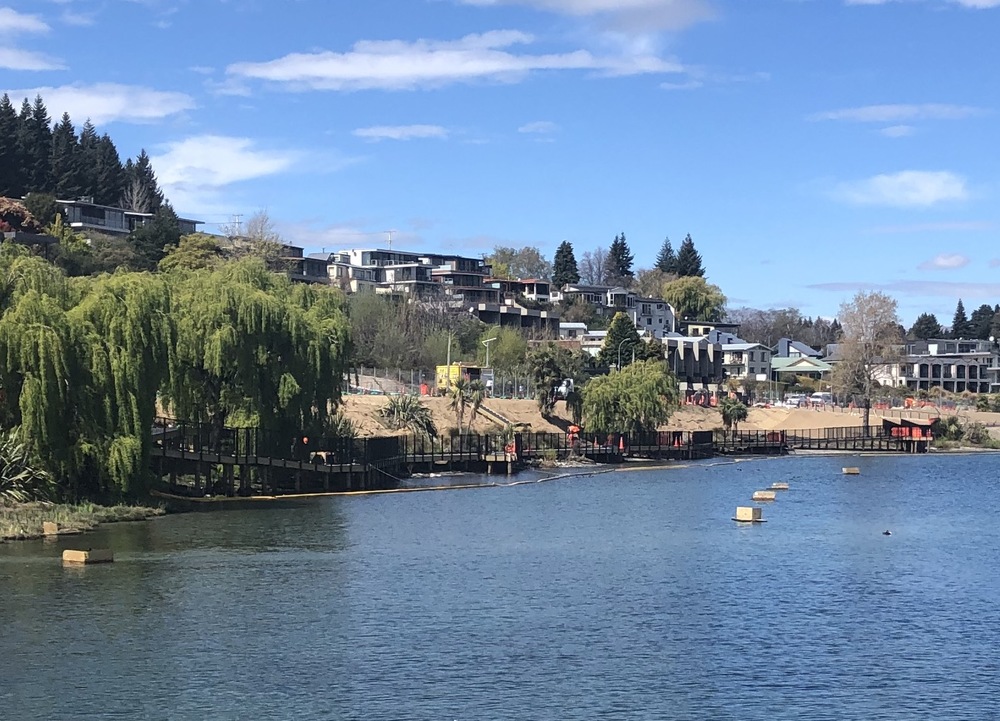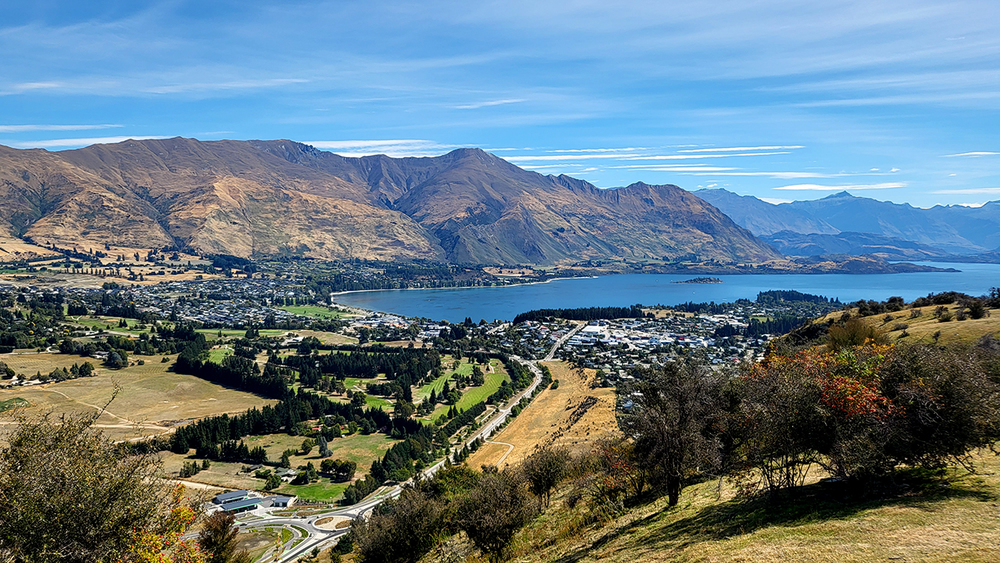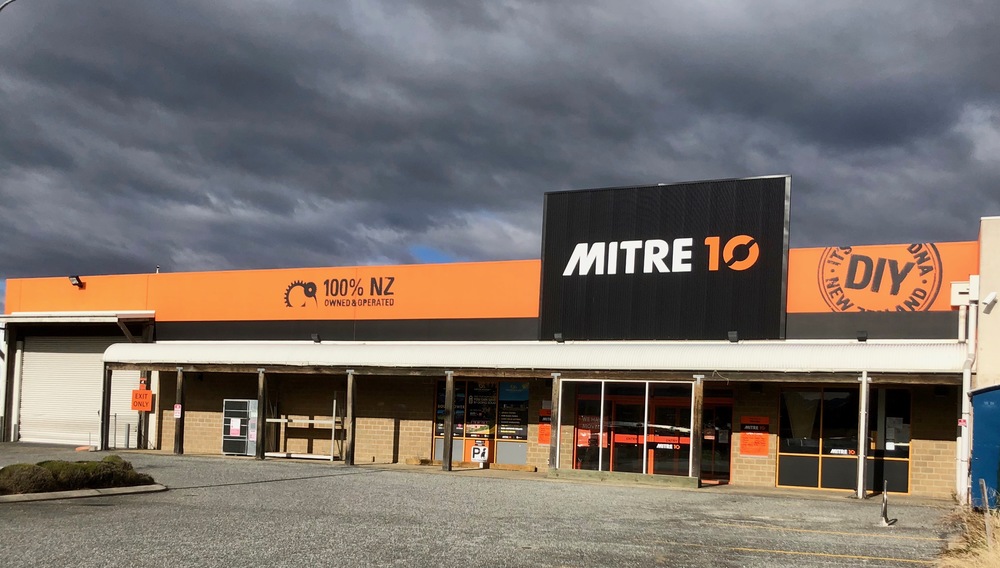Annual report tracks significant year
Maddy Harker
07 October 2022, 4:10 PM
 There were farewells to the mayor and other outgoing elected members at Thursday’s council meeting, which was the last to take place before the election. PHOTO: Wānaka App
There were farewells to the mayor and other outgoing elected members at Thursday’s council meeting, which was the last to take place before the election. PHOTO: Wānaka AppQueenstown Lakes District Council’s (QLDC) annual report was approved by councillors at Thursday’s (October 6) full council meeting, and it reflected back on a financial year marked by both successes and failures.
Council’s CEO Mike Theelen noted that it was another year affected by Covid-19 for many aspects of council activity and functions, from economic development to community development and infrastructure investment.
“Whether it’s been projects to support recovery or projects delayed because of workforce shortages and global supply chain issues, one doesn’t have to look far to see the broad reach the pandemic continues to have,” he said.

Councillors approved the annual report, which reflected on the past year. Successes included the completion of stage three of the Lakefront Development Plan, pictured. PHOTO: Wānaka App
Last year QLDC took public input into account when it increased the number of councillors to 11, formed new ward boundaries and retained the Wānaka Community Board; it started work on an improved drinking water supply and infrastructure for West Wānaka, including a new pump station; and delivered stage three of the Wānaka Lakefront Development plan (and stage five is nearing completion).
It agreed to start the process of purchasing Mt Iron Reserve, billed as a ‘once in a lifetime’ opportunity to turn the land into a public reserve in perpetuity; another significant decision was to lease the old Mitre 10 building and begin turning it into a space for local sport and recreation clubs.

Another notable occurrence highlighted in the annual plan was council’s decision to purchase Mt Iron Reserve. PHOTO: Wānaka App
Despite what the council is doing right, polling in the annual report suggests residents think it’s getting plenty wrong: just 25 percent of residents were happy with the council’s work overall.
Only 41 percent were satisfied with the information they receive from the council and 37 percent satisfied with the opportunities to have their say.

It was also in the last year that QLDC decided to lease the former Mitre 10 building for local sports club and community groups. PHOTO: Wānaka App
The satisfaction levels have also all fallen since 2020 (two of the three by more than ten percentage points) and all are far below QLDC’s satisfaction targets of 80 percent.
Mike said the council had no “specific action” planned to address the falling satisfaction numbers and outgoing mayor Jim Boult said it would be something the next council would need to address - despite those figures being both an evaluation of elected members and staff.
Councillor Nikki Gladding, on the other hand, said the satisfaction levels were “really concerning”.
“I think we need to work really hard to communicate with the community,” she said.
Cr Esther Whitehead pointed out that the annual report showed that Queenstown Lakes has the highest water consumption rate per capita in the country: “I’d like to see us looking at comparable districts and resetting our targets.”

The annual report recorded a surplus of $65.M. PHOTO: Supplied
In the statement of financial performance, the annual report cited a surplus of $65.8M for the year, which is well up on the $17.M surplus recorded the previous year, although lower than the budget of $72.9M.
Regulatory and finance general manager Stewart Burns said this was a “very good financial result”.
An annual report is the main mechanism for reporting back to the community on the year’s financial results and on organisational performance.
Thursday’s meeting was council’s last before the election and there were many goodbye speeches from outgoing councillors, Wānaka Community Board members and the mayor.






